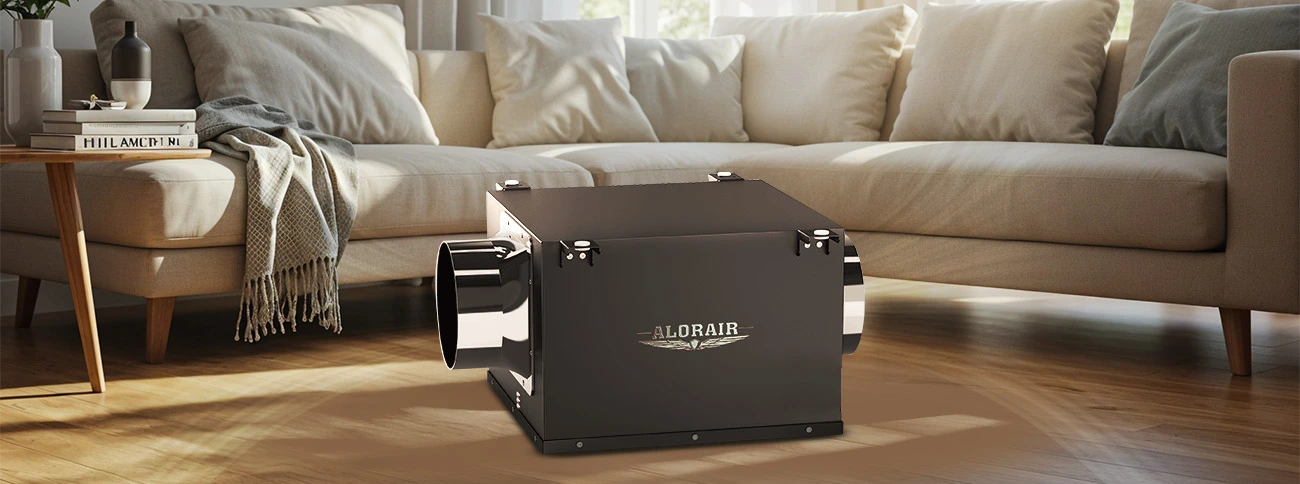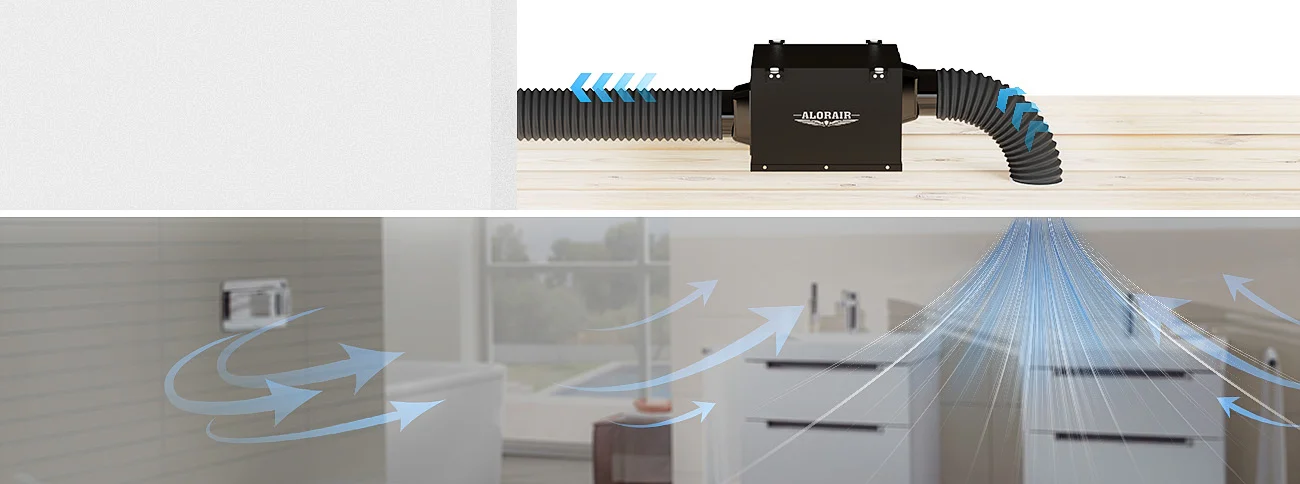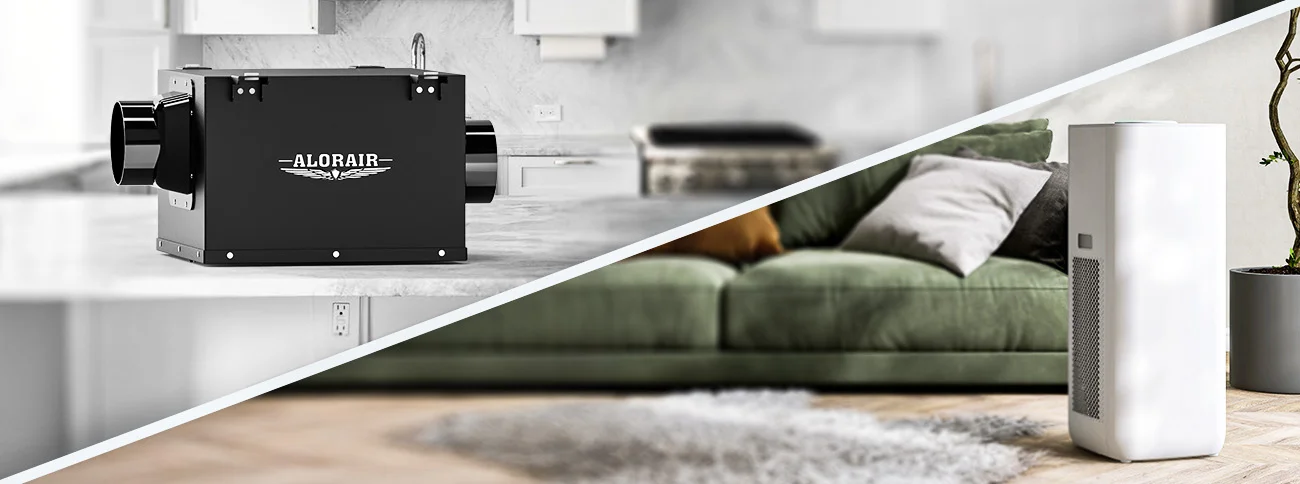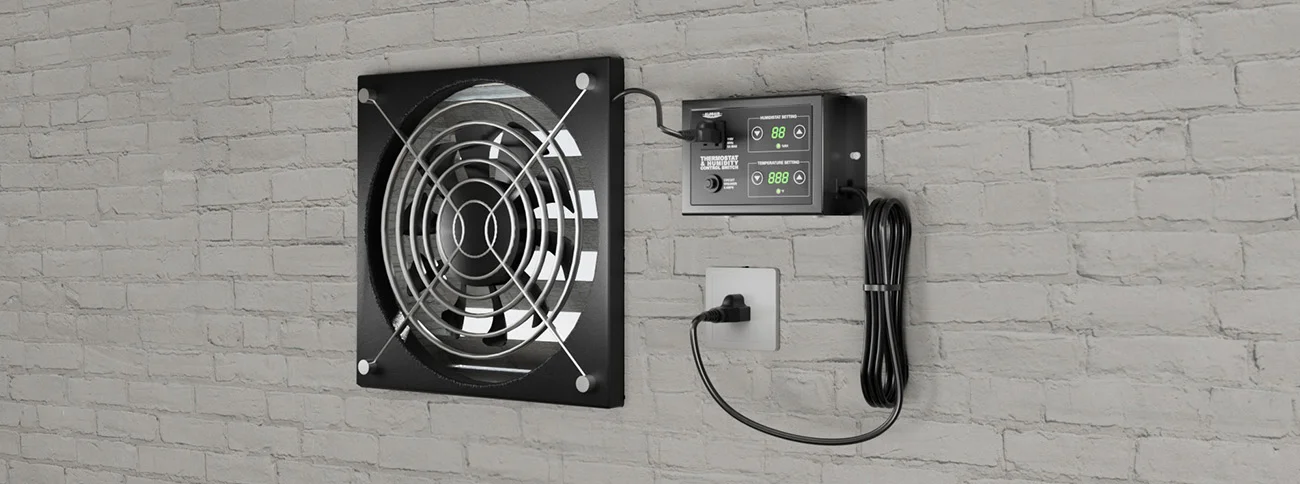When thinking about home comfort, most people focus on temperature control—air conditioning in summer and heating in winter.
However, an often-overlooked factor is ventilation, which plays a crucial role in maintaining indoor air quality, regulating humidity levels, and preventing a range of structural and health issues. Without proper airflow, homes can become breeding grounds for mold, allergens, and harmful airborne pollutants.
In this article, we’ll explore why proper ventilation is essential for your home and how it impacts your health, comfort, and long-term property maintenance.
Ventilation Explained
Ventilation refers to the process of exchanging indoor air with fresh outdoor air. It helps remove stale, contaminated air and replaces it with cleaner, oxygen-rich air. There are three main types of home ventilation: natural ventilation, mechanical ventilation, and hybrid ventilation.
Natural ventilation occurs through open windows, doors, and small openings, allowing fresh air to circulate freely. Mechanical ventilation, on the other hand, relies on systems like in-line fans, exhaust fans, and HVAC units to regulate airflow and remove pollutants more effectively. Hybrid ventilation combines both natural and mechanical methods to achieve an optimal balance of fresh air intake and stale air expulsion.
Proper ventilation ensures that moisture, odors, and pollutants are continuously removed, reducing the risk of respiratory issues, mold growth, and property damage.
How Poor Ventilation Affects Indoor Air Quality
Enhancing ventilation in your home requires a combination of effective strategies. Here are five key steps you can take:
Install Mechanical Ventilation Systems
Mechanical ventilation is essential for maintaining consistent airflow, especially in areas prone to moisture and pollutants.
Exhaust fans in kitchens, bathrooms, and laundry rooms help remove excess humidity and prevent mold growth. In-line fans are useful for improving air circulation in large spaces, while HVAC system upgrades ensure better air distribution and filtration. Investing in energy-efficient ventilation systems also helps reduce electricity consumption while maintaining optimal indoor air quality.
Maximize Your Location’s Natural Ventilation
Taking advantage of natural airflow can significantly improve indoor air quality.
For instance, opening windows and doors regularly allows fresh air to replace stale air, reducing pollutant buildup. Cross-ventilation, achieved by opening opposite windows, enhances airflow efficiency. Installing ventilated skylights allows warm air to escape, preventing heat accumulation, especially during warmer months. Air pathway kits between rooms help balance airflow throughout your home, ensuring every space receives adequate ventilation.
Control Humidity Levels
Proper humidity control is crucial for preventing moisture-related problems.
Indoor humidity levels should be maintained between 50 to 60 percent to reduce the growth risk of mold and mildew. Ventilating crawl spaces, basements, and attics can prevent damp conditions that encourage mold growth. Additionally, using moisture-resistant materials in areas prone to condensation, such as bathrooms and kitchens, can further reduce humidity-related issues.
Monitor Indoor Air Quality
Air quality monitors provide real-time data on airborne pollutants, allowing homeowners to take corrective action when necessary.
These monitors can detect levels of carbon dioxide, VOCs, and particulate matter, ensuring that indoor air remains safe and breathable. For example, investing in a hygrometer to track humidity levels can help maintain a balanced indoor environment.
Regularly replacing HVAC filters and using air purifiers with HEPA filtration can also contribute to cleaner indoor air. Not only can these improve your indoor air quality, they can also be significantly beneficial to your finances and savings in the long run.




